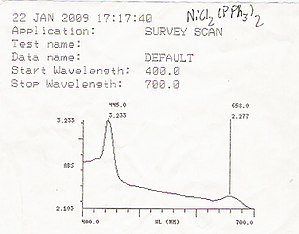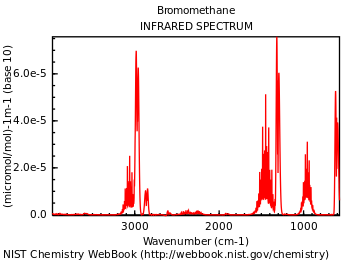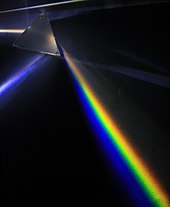I meant the names of the colors are human inventions, but regardles of name the frequencies of "red" do not change regardles of the name we give it. But to the average person a frequency number is meaningless.
Of course it is. When we look at "red" on a piece of white paper we still see the frequencies which are translatable into a mathematical numbers.
No, photons still have a frequency which determines is expressed color.
One color or a spectrum of colors does not change the fact that each color (hue) has a mathematical frequency, whch allows us to recognize the difference and give those frequencies "names". The light itself travels @ "c" until it hits the paper. It's all mathematical.
If the
measurements are correct then the mathematical representation does identify the mathematical values of any structure correctly. A triangle is made from three specific measurable straight lines, connected at three points. Each line is measurable and determines the shape of the triangle. A right triangle can be mathematically represented as; a^2 + b^2 = c^2
Can you give an example of a natural phenomenon which does not represent a value or a set of values? I realize that sometimes there are too many variables, which makes the phenomenon unmeasurable, but the values are still contained within the pattern, IMO. A cloud is an assembly of its constituent values, but its irregular shape makes it difficult to measure its volume except perhaps by means of fractals.
But we can measure humidity, windspeed, temperature, and the values of the constituent molecules.
Is there an example where mathematics do not work when all of its constituent values are known?
I disagree. Objective science itself uses mathematics and by your own admission they work so well. Thus mathematics it is not my subjective view, but the basis of objective scientific measurement itself.
..........
White
light is
dispersed by a
prism into the colors of the
visible spectrum. For measurements of frequencies outside the visible spectrum, we use instruments with a wider range of frequency perception.
 Color
Color.......
Wavelength.......
Frequency..........
Photon energy
Violet...380–450 nm.....668–789 THz.....2.75–3.26
eV
Blue.....450–495 nm......606–668 THz.....2.50–2.75 eV
Green...495–570 nm......526–606 THz.....2.17–2.50 eV
Yellow..570–590 nm......508–526 THz.....2.10–2.17 eV
Orange.590–620 nm......484–508 THz.....2.00–2.10 eV
Red......620–750 nm......400–484 THz......1.65–2.00 eV
Colors that can be produced by visible light of a narrow band (
in mathematical terms)
The
(mathematical) relationship between
period,
frequency, and
amplitudefor a
sine wave is illustrated in this image.
From Wiki, I have no idea what theses equations mean, but clearly they are
mathematical in essence.
















